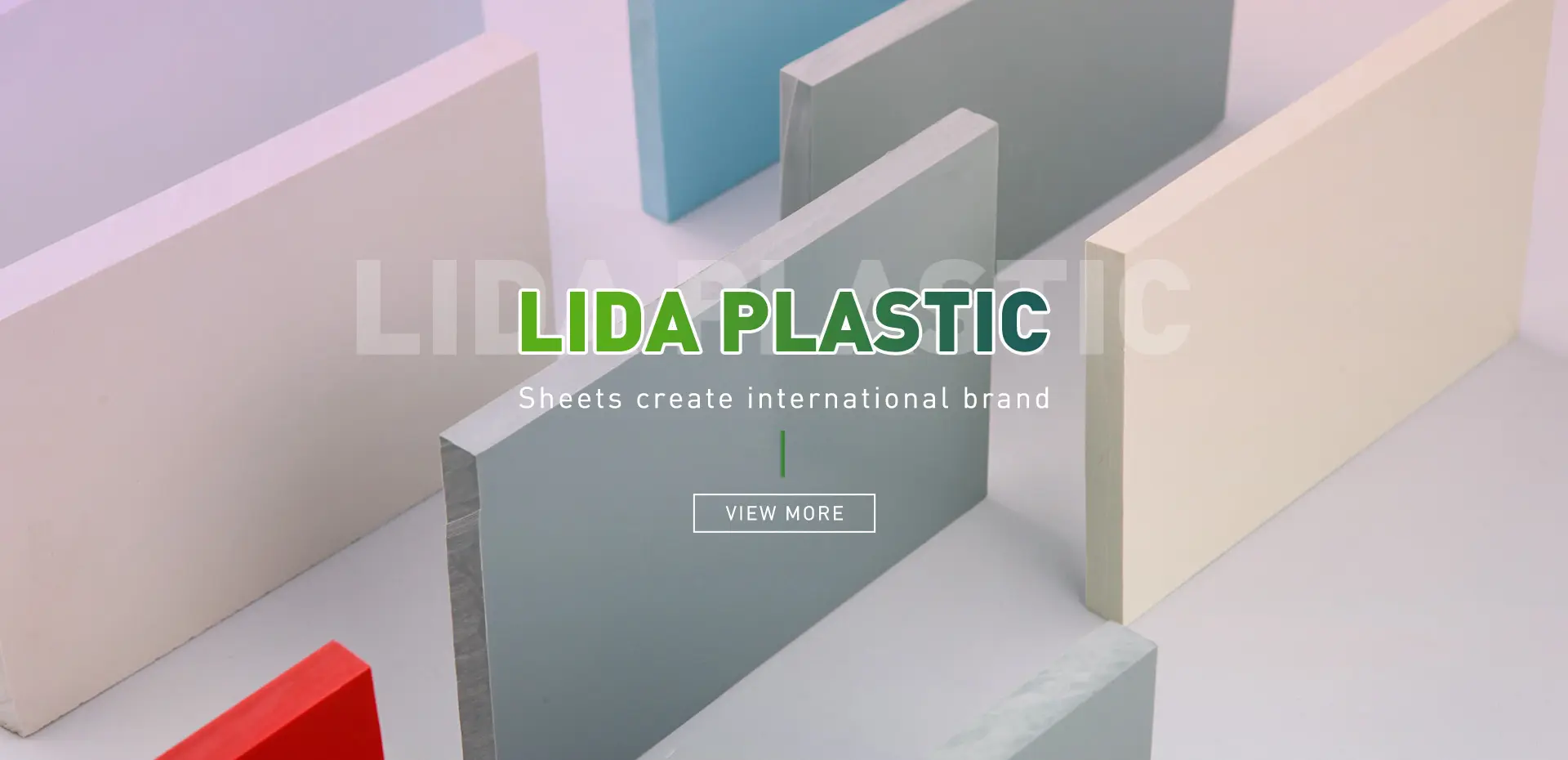Nov . 21, 2024 05:38 Back to list
hdpe sheet
Understanding HDPE Sheets Versatile Solutions for Various Applications
High-Density Polyethylene (HDPE) sheets are a popular choice in various industries due to their exceptional durability, chemical resistance, and versatility. This article explores the properties, applications, and advantages of HDPE sheets, highlighting why they are an excellent material for multiple uses.
What is HDPE?
HDPE is a thermoplastic polymer made from petroleum. It is characterized by its high strength-to-density ratio, which makes it robust yet lightweight. The production process involves the polymerization of ethylene, resulting in a dense material that can be molded into sheets of varying thicknesses. HDPE sheets can be manufactured in a range of colors and surface finishes, which adds to their aesthetic appeal and functional adaptability.
Key Properties of HDPE Sheets
1. Chemical Resistance One of the most significant advantages of HDPE sheets is their resistance to chemicals, including acids, bases, and solvents. This property makes them suitable for use in environments where exposure to harsh substances is common, such as chemical processing facilities and laboratories.
2. Durability HDPE is known for its toughness and impact resistance. It can withstand extreme temperatures and is UV stabilized, making it suitable for both indoor and outdoor applications. This durability ensures a longer lifespan, reducing the need for frequent replacements.
3. Lightweight Compared to other materials like metal or wood, HDPE sheets are lighter, making them easier to handle and install. This characteristic is particularly beneficial for projects that require mobility or flexible configurations.
4. Easy to Fabricate HDPE sheets can be easily cut, welded, drilled, and machined, allowing for customization to meet specific project requirements. Fabricators can create a wide range of designs, from simple shapes to complex assemblies.
5. Non-Toxic HDPE is a non-toxic material that meets safety regulations, making it safe for use in food processing and packaging applications. Its non-porous surface does not harbor bacteria, ensuring hygiene and compliance with health standards.
Applications of HDPE Sheets
hdpe sheet

Given their versatile properties, HDPE sheets are employed in various industries
1. Construction HDPE sheets are often used in construction applications such as moisture barriers, liners for landfills, and insulation materials. Their durability and resistance to environmental stressors make them ideal for both above-ground and underground projects.
2. Packaging Many companies utilize HDPE for packaging products due to its strength and chemical resistance. It is commonly used in containers, bottles, and pallet covers, ensuring safe transport and storage of goods.
3. Food Industry In the food sector, HDPE is favored for its non-toxic nature and ease of cleaning. It is employed in food trays, cutting boards, and conveyor belts, ensuring safe handling and processing of food products.
4. Agriculture HDPE sheets are used in agricultural applications such as tarps, liners for ponds, and protective covers for crops. Their UV resistance helps protect crops from harsh environmental conditions.
5. Marine Applications The marine industry benefits from HDPE's ability to resist saltwater and harsh weather. It is used for applications such as dock fenders, guideposts, and boat components.
Environmental Considerations
Sustainability is an increasingly important consideration in material selection. HDPE is recyclable, and many manufacturers are adopting practices to produce recycled HDPE sheets. This contributes to reducing plastic waste and conserving resources. The recycling process transforms used HDPE into new products, minimizing the environmental impact while promoting a circular economy.
Conclusion
HDPE sheets are a versatile and durable material that has found applications across a multitude of industries. Their remarkable properties, such as chemical resistance, durability, and lightweight nature, make them an ideal choice for various projects. As industries continue to innovate and focus on sustainability, the role of HDPE is likely to expand even further, proving that this material ensures not only functionality but also environmental responsibility. Whether in construction, packaging, or food processing, HDPE sheets are an exemplary solution for modern-day challenges.
-
High-Quality PPR Pipes and Fittings Durable ERA PPR & PVC PPR Solutions
NewsJul.08,2025
-
Black HDPE Cutting Board - Durable, Non-Porous & Food Safe HDPE Plastic Cutting Board
NewsJul.08,2025
-
High-Quality CPVC Panel Durable HDPE & PVC Panels Supplier
NewsJul.08,2025
-
Double PE Welding Rod Supplier - High Strength, Durable & Versatile Welding Solutions
NewsJul.07,2025
-
High-Quality PVC-O Pipe Supplier Durable 75mm PVC Pipe & Connections Leading PVC Pipe Company
NewsJul.07,2025
-
HDPE Drainage Pipe Supplier – Durable & Corrosion-Resistant Solutions
NewsJul.06,2025

